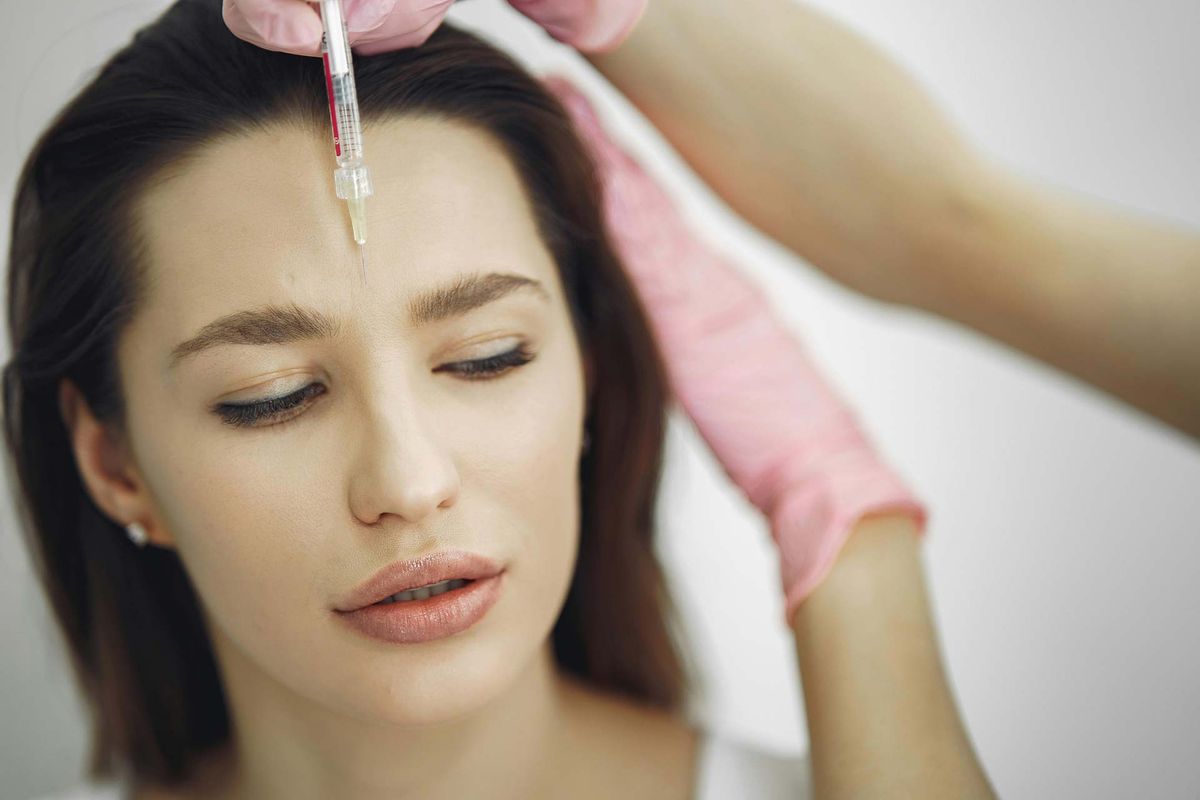Following specific Botox aftercare instructions is crucial to maximize results and minimize side effects. Proper care helps ensure that the toxin settles correctly in the targeted muscles, avoiding migration and unwanted effects.
Immediate Post-Treatment Care
Patients should avoid touching or massaging the treated areas for at least 24 hours. Doing so can disturb the injection sites and increase the risk of complications. Keeping the head elevated during the initial hours post-treatment can aid in reducing any swelling or bruising that may occur.
Things to Avoid:
Alcohol and blood-thinners before and after treatment
Strenuous activities or exercises for 24 hours
Makeup application for 24 hours
Longer-Term Considerations
Maintaining a healthy lifestyle and staying hydrated can further support optimal results. To protect the skin, applying sunscreen daily is recommended, especially after treatment. Consideration should also be given to skincare products; avoid using anti-aging creams immediately post-procedure as they might irritate delicate skin.
Additional Recommendations:
Skip saunas, hot tubs, or tanning beds for at least 48 hours
Do not sleep on your face the first night
Use cold compresses to alleviate discomfort
Following these instructions can significantly enhance both the process and the outcomes, ensuring satisfaction with your Botox experience.

